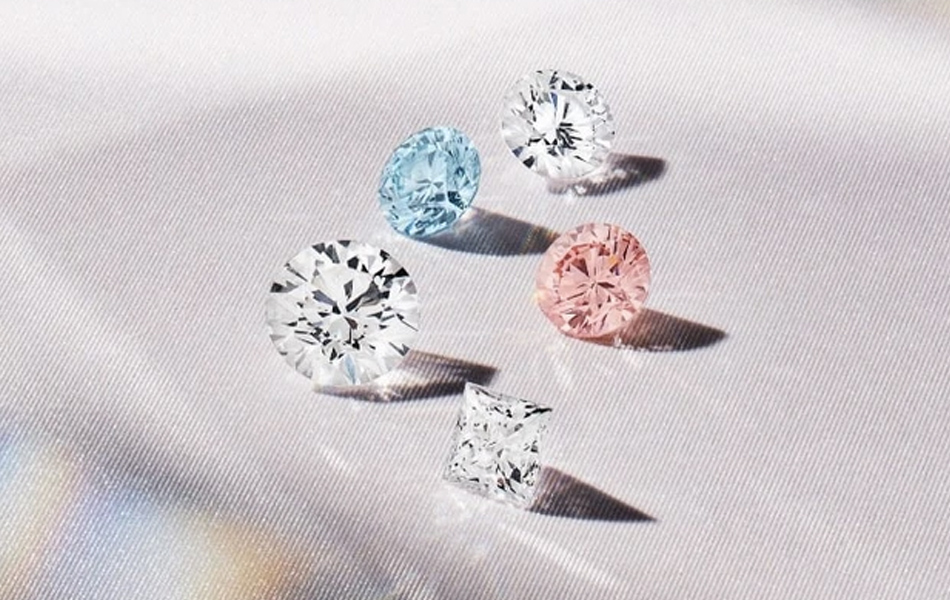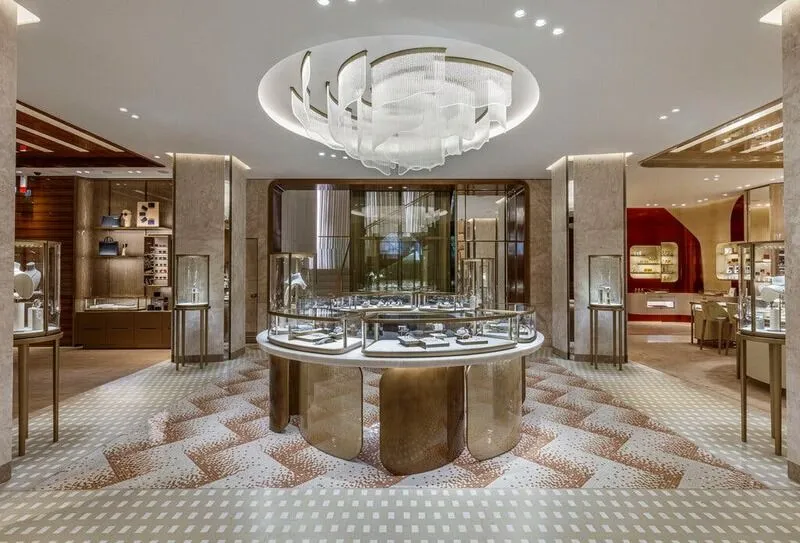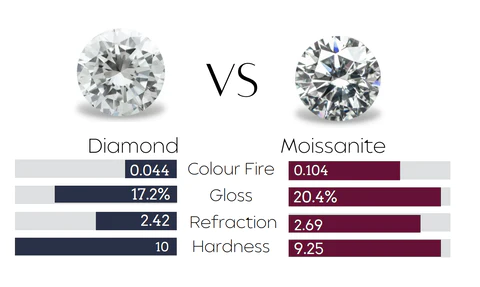It has been two years since we started selling lab grown diamonds. Over that time, we’ve seen supply of lab grown diamonds explode, with prices plummeting which in turn has led to greater demand from our clients. With the sudden gain of popularity, one must wonder what the future has in store for lab grown diamonds and the entire diamond industry.So, here are six predictions on the future of lab grown diamonds.
Some Prices Have Bottomed Out
Lab grown diamonds have been around 25 years now. In the 2000s, as the technology was developing, companies like Apollo Diamond and Gemesis produced a miniscule amount of lab grown diamonds, and both the industry and consumers didn’t really take them seriously, as their prices were usually more than natural diamonds. Both companies ended up going broke. However, the technology used to grow diamonds in a lab lived on and many other companies, including De Beers’ Lightbox started producing diamonds in a lab. Lightbox burst onto the lab grown diamond scene in 2018 and offered lab grown diamonds at a very cheap and simple price, that is US$800 per carat, at a time when most were selling lab grown diamonds at around 30 to 50 percent less that their natural counterparts. From then on, lab grown diamonds slowly fell in price, but it wasn’t until 2021 that the market was flooded (apparently by one grower) and prices plummeted. As of writing, in June 2023, we are currently selling round brilliant 1ct E/VVS2, ideal cut lab grown diamonds for just under A$700 inc GST, the same in a 1.50ct for A$1200 inc GST and in 2ct, for A$2000 inc GST. I would say that given the cost of producing and certifying lab grown diamonds, as well as the margins in the supply chain, that the price for 1ct lab grown diamonds has well and truly bottomed out. However, I would fully expect the pricing structure of lab grown diamonds to decouple from natural diamonds and follow a more linear pricing scale – that is a 2ct will be double of a 1ct for example. Therefore, I would expect larger lab grown diamonds – those above 1.5ct to fall in price over the coming year to fall in line this linear pricing structure.

Above: Lightbox Diamonds from De Beers
Lab Grown Diamonds Will Be the Majority… Even in Engagement Rings
Edahn Golan has an excellent blog describing the rise of lab grown diamonds and the current market situation. In March, Edahn predicted that by May, 50% of loose diamonds sold in the US will be lab-grown diamonds. Moreover, lab grown diamonds now make up more than 17.3% of engagement ring sales – from nearly zero percent in 2020. My prediction is that lab grown diamonds will soon (within three years) make up at least 50% of engagement ring sales for the sole reason that most engagement rings are purchased for well under $5,000, which, due to their pricing, is the market that lab grown diamonds fit well into. Once the engagement ring market is “lost” to the lab grown market, it will be almost impossible for the natural diamond market to regain market share.
Jewellers and Jewellery Retailers Will Have to Adapt
Like with pretty much everything in the jewellery industry, the issue of lab grown diamonds is a divisive one. Some in the industry see lab grown diamonds as the only way forward, whilst others adopt a more elitist view and look down on lab grown diamonds. Most retailers and jewellers I have spoken to and read about are fairly indifferent about lab grown diamonds, choosing to sell them, realising that they can make a profit and gain new customers from lab grown diamonds. However, when lab grown diamonds do become dominant, it begs the question as to whether diamonds will still be seen as a luxury. Chaim Even-Zohar states:
“The worst-case scenario is that we reach a point when any diamond jewelry is automatically assumed to be lab grown. Diamond size would no longer be a social signifier. And without visible branding, the diamond would have no aspirational value. Will celebrities still want to flaunt their diamonds when they no longer signify wealth? Will our secretary still be as pleased to get hybrid jewelry? Will this be the end of the diamond dream?”
It is certainly true that jewellery is a luxury item, and a lot of jewellers market themselves and their products as just that – luxury items that are exclusive. However, it remains to be seen, when lab grown diamonds become dominant, whether diamonds will still be treated as the luxury item they currently are, or merely a “premium” product. If diamonds are no longer a luxury, a lot of jewellery retailers will need to re-think their business models, and focus more on volume and price competitiveness to regain lost gross margins, all the while reducing overheads in order to remain profitable.

Will luxury jewellery stores be able to survive selling lab grown diamonds?
Lab Grown and Natural Diamonds Will Co-Exist
Whilst some, like Chaim Even-Zohar in the aforementioned quote may catastrophise the current situation, I predict that the lab grown and natural diamond markets will co-exist as there will always be traditionalists and even cultures that recognise the value of a natural diamond.
In addition to this, a growing trend is “hybrid jewellery”, where both lab grown and natural diamonds exist in one piece of jewellery. The most common hybrid jewellery is most likely diamond solitaire rings where a centre diamond is lab grown and the small diamonds set around the centre are natural. Most of the time we do this as the price difference between small natural diamonds and small lab grown diamonds is minimal – usually between $100 and $300.
Natural Diamonds Will Go Up in Price
With lab grown diamonds crowding the market, I predict the amount of natural diamonds that are mined will fall, and hence, in the long term, the value of natural diamonds will increase. Further down the supply chain, diamond manufacturers, wholesalers and retailers may well find it more profitable to deal with lab grown diamonds, rather than hold vast amounts of natural diamond inventory. Therefore, with less supply throughout the supply chain, natural diamonds will become coveted and rare, thus more valuable.
Lab Grown Diamonds Will Kill Moissanite
Moissanite has long been a worthy competitor to diamonds, or what some call a “diamond simulant”. Whilst moissanite, which is also grown in a lab, has a slightly different look to diamond, which some may say is better, with the price of larger lab grown diamonds coming down, it is likely that lab grown diamonds will eat into moissanite’s market share which may eventually make the commercial production of moissanite no longer viable.

Above: Comparison of Moissanite vs Diamonds – From a Moissanite Seller!
As you can see, the lab grown diamond market is in a state of flux at the moment. Add to this, the natural diamond market falling to pre-pandemic lows, some may be wondering what is happening and what will become of the diamond industry.